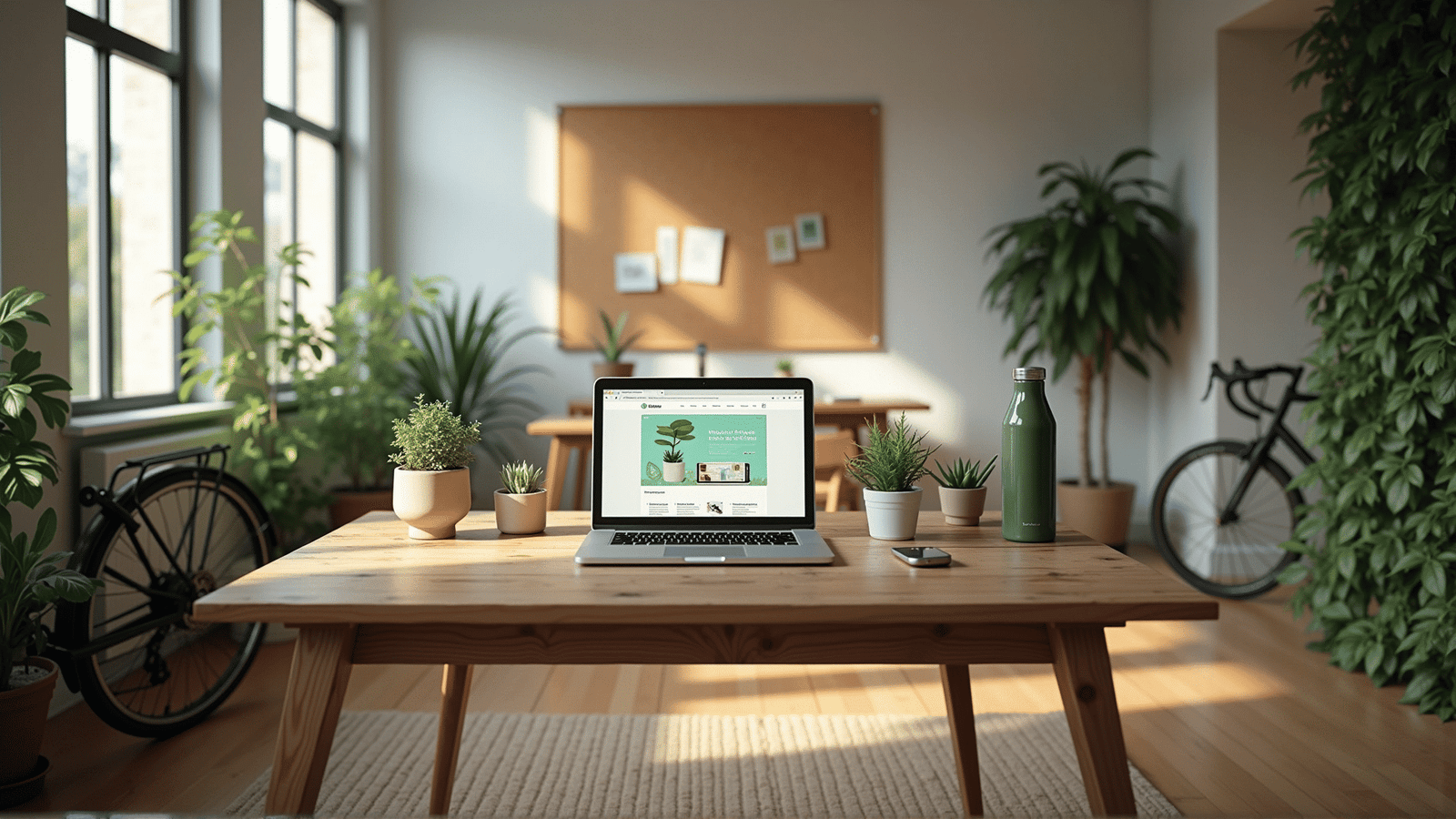In today's digital age, the Internet is a vital resource, connecting billions of people worldwide. However, the burgeoning demand for online services has a hidden cost: significant energy consumption. As the push for sustainability extends into every sector, it's crucial to explore practices in web design that contribute to a healthier digital environment while reducing energy usage.
A fundamental principle in sustainable web design is efficiency. At its core, efficient design minimizes resource consumption and speeds up loading times, which enhances user experience and reduces the energy required for data transfer and device processing. This can be achieved through several strategies:
1. Optimize Images and Multimedia: One of the most straightforward approaches to sustainable web design is optimizing images and multimedia files. Large files increase page load times, leading to more energy usage. Web designers can use modern image formats like WebP, which provide superior compression to traditional formats like JPEG and PNG without sacrificing quality. Additionally, implementing lazy loading ensures that images and multimedia load only when they enter the viewport, saving bandwidth and reducing energy consumption.
2. Minimize JavaScript and CSS: While JavaScript adds interactivity to web pages, excessive use can slow down a site and increase energy demands. Streamlining JavaScript and CSS by minimizing and combining files can significantly enhance a website’s efficiency. Using lightweight frameworks or libraries and ensuring that scripts are only executed when necessary can help in creating more sustainable web experiences.
3. Choose Sustainable Hosting: The choice of hosting providers plays a critical role in the digital carbon footprint. Opting for hosting services that utilize renewable energy sources can dramatically cut emissions associated with website operation. Many hosting companies now offer green hosting plans, which offset their carbon footprint by investing in renewable energy projects.
4. Improve User Experience: A well-designed user interface doesn’t just enhance user satisfaction; it also reduces energy consumption. By providing intuitive navigation and clear, concise information, users spend less time searching for what they need, which decreases session time and, consequently, energy use. Fast-loading pages create a seamless experience, encouraging efficient and purpose-driven engagement.
5. Implement Caching and Content Delivery Networks (CDNs): Caching helps reduce server load and speeds up content delivery by storing portions of the website for future requests. CDNs distribute data across various locations globally, bringing content closer to users geographically. This reduces latency and lowers the energy required for data transmission over long distances.
6. Prioritize Accessibility and Inclusivity: Accessible web design ensures that content is available to all users, including those with disabilities. By optimizing for accessibility, designers often streamline and simplify website structures, reducing unnecessary elements that can bog down performance and energy efficiency.
7. Reduce Redundancy: When designing a website, focus on functionality and content that serves the primary purpose of the site. Redundant features not only increase complexity and load times but also unnecessarily consume resources. Emphasizing quality content over quantity ensures that the web experience is efficient and sustainable.
By adopting these sustainable web design practices, we not only create websites that are faster and more responsive but also contribute to a reduced environmental impact. As digital sustainability becomes increasingly important, designers hold the power to lead the charge in fostering a greener, more eco-friendly Internet. Embracing these practices not only benefits the planet but also results in more streamlined, user-centric digital experiences, ultimately serving the broader goals of efficiency and environmental a responsibility.
